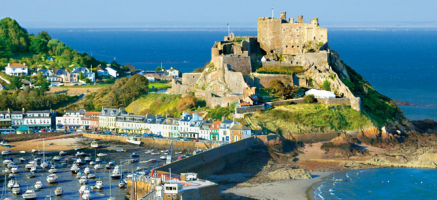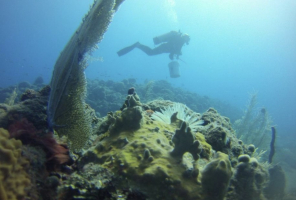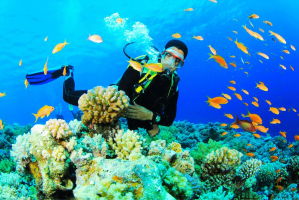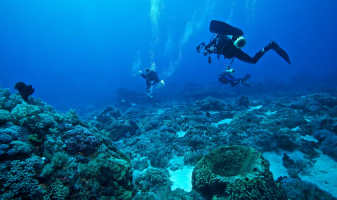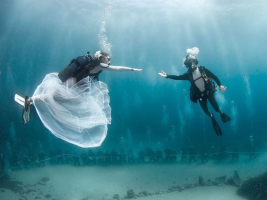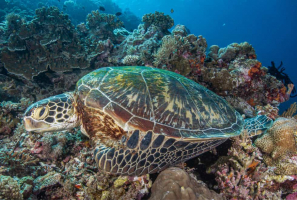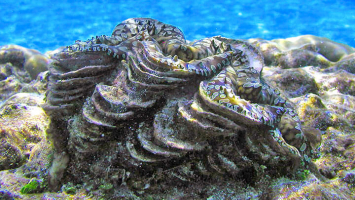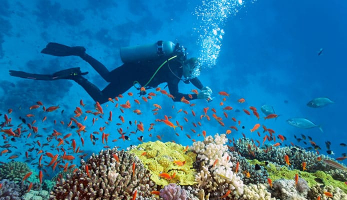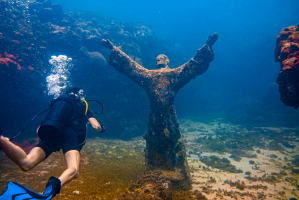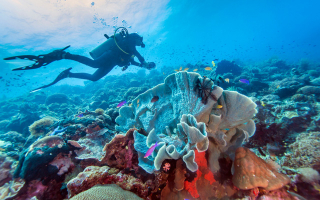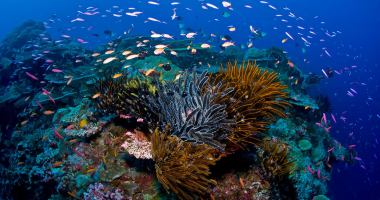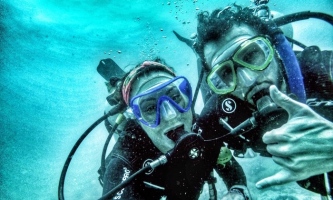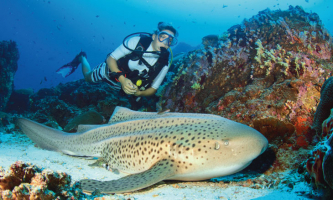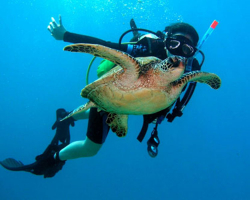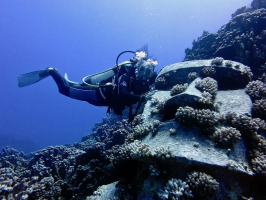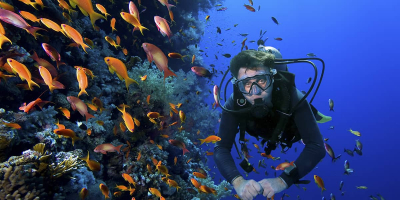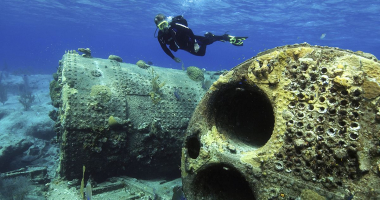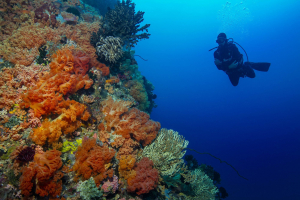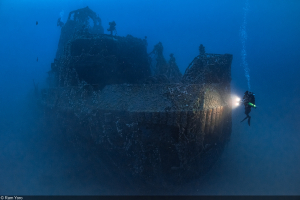Top 6 Best Dive Sites in Jersey (UK)
Jersey's coastline provides excellent scuba diving opportunities, with some amazing marine life waiting to be discovered beneath the waves. Along with the ... read more...wildlife, there are numerous shipwrecks dotted around the island, as well as a few temperate reefs, which make for interesting dive sites. Deep wreck sites are generally better suited to experienced divers, but Jersey also has a variety of close-to-shore dive sites that are ideal for beginners. Here are the best dive sites in Jersey.
-
Bouley Bay, a tiny harbor on the north coast flanked by green cliffs with a sandy shelf descending into deep blue waters, is at the top of the list. Follow a series of hairpin bends as the road winds down towards the bay, revealing a deep anchorage. The pebble beach slopes steeply into deep waters, which are best enjoyed by stronger divers. Bouley Bay not only has some of Jersey's highest cliffs, but it also has the island's only dive center. The bay itself is pebbly, and because it is tucked away down a winding road, it is usually a peaceful place to visit.
Bouley Bay has some of the most consistent diving opportunities in Jersey and is often a sheltered spot no matter what time of year it is. It is ideal for beginners because it is right in front of the dive center, and the waters range in depth from 5 to 15 meters. A variety of sea life can be found here including anemone, shrimp, nudibranch, tube worms, scallops, pollock, bass, rays, pipefish, Wrasse, mullet, flat fish, lobster and more. This is definitely one of the best dive sites in Jersey.
- Depth: 5-15m
- Location: North coast of Jersey
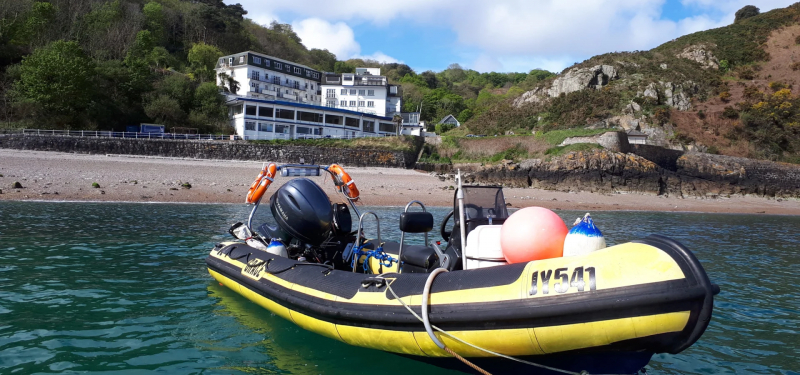
jersey.com 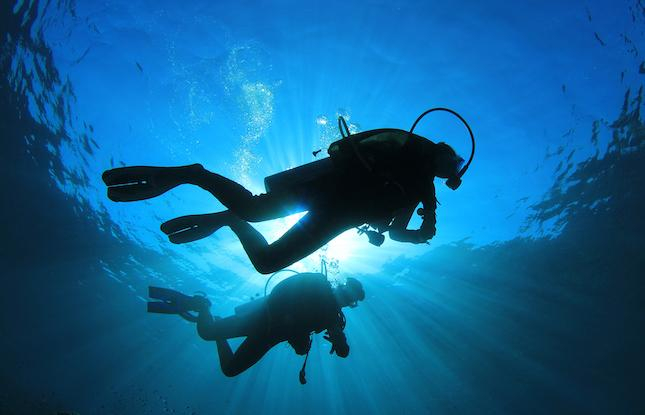
visitnj.org -
Another site that can be found to the north of the island is Bonne Nuit Bay. Entry can be made from either the pier or the beach. Bonne Nuit Bay and Harbour is located on the north coast of Jersey, at the bottom of a long and winding hill. It was given its unusual name (which means "Good Night" in French) in recognition of the safe and sheltered harbor where passing boats can seek refuge from the harsh winter seas.
Competent swimmers and those who like diving enjoy practising summersaults from the harbour pier into the sea. You will often see people strolling along the harbour before splashing in the water below. To partake in diving, it is highly recommended to take caution, stay clear of boat traffic and only advisable for confident divers. You can expect to see anemones, flat fish, rays, and various crabs. Bonne Nuit Bay is perfect for a night dive with common eels, John Dory, lobsters, and rays.
- Depth: 5-12m
- Location: North coast of Jersey
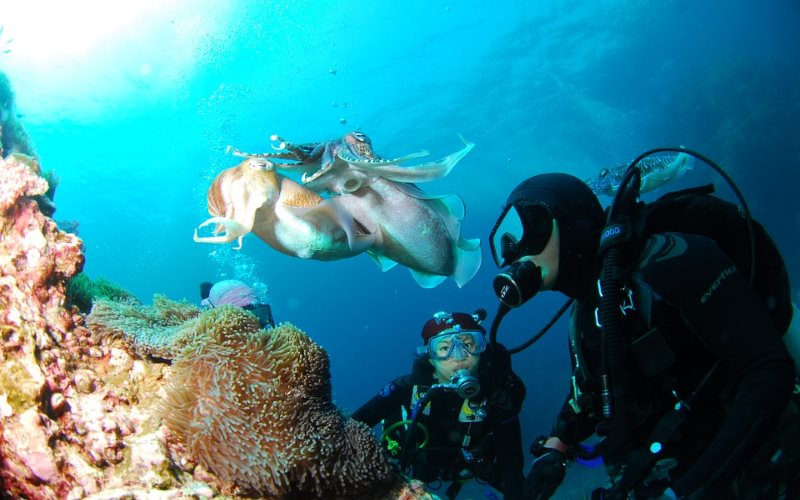
funnewjersey.com 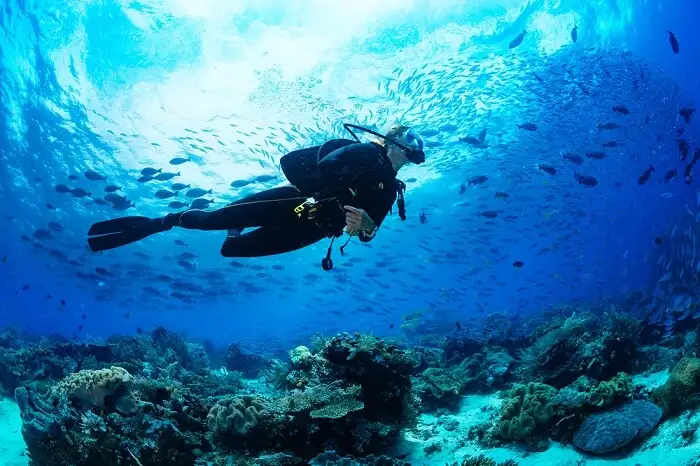
traveltriangle.com -
Many ships have been lost due to the jagged rocks that dot Jersey's coastline, particularly during the two World Wars. As a result, wrecks can be found all over the island, and they come in all shapes and sizes, providing endless opportunities for exploration. New divers should consider visiting La Mauve, a 65-foot-long wreck that was originally a States of Jersey barge. La Mauve was purposefully sunk in 1993 to form an artificial reef about half a mile from Bouley Bay on a rocky seabed.
La Mauve ship is about 22 – 34 m down and has attracted a wide variety of marine life, including tom pot blennies, large schools of pollack and pouting, crab, lobster, and is usually surrounded by a massive shoal of pouting. In deeper water the rock faces are covered in dense sheets of jewel anemones in luminous pink, blue, orange and emerald green. Fan corals and dead mens fingers are also common. This is definitely one of the best dive sites in Jersey.
- Depth: 22-34m
- Location: La Mauve, Jersey
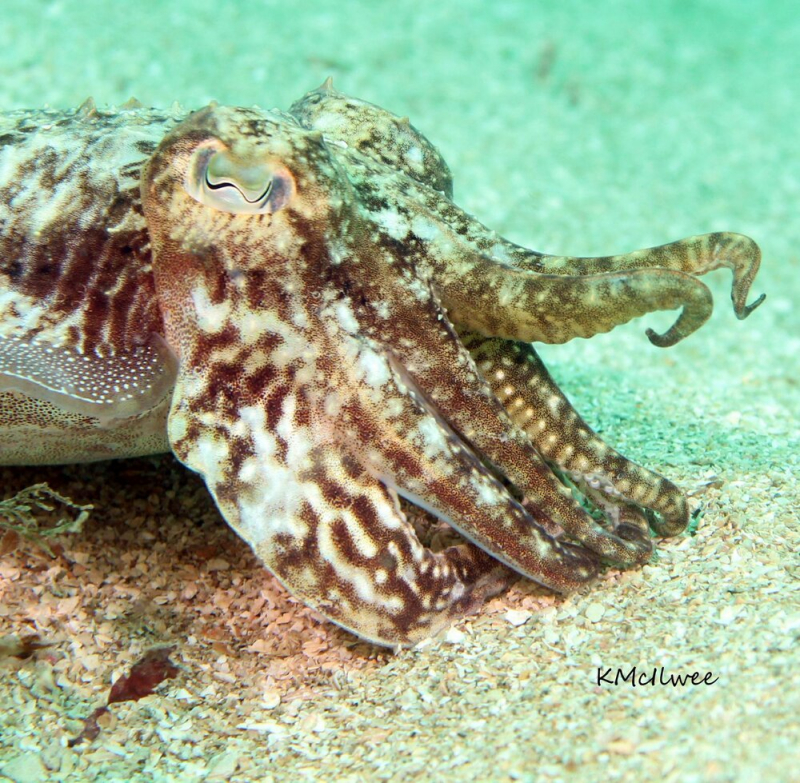
scubadivingjersey.com 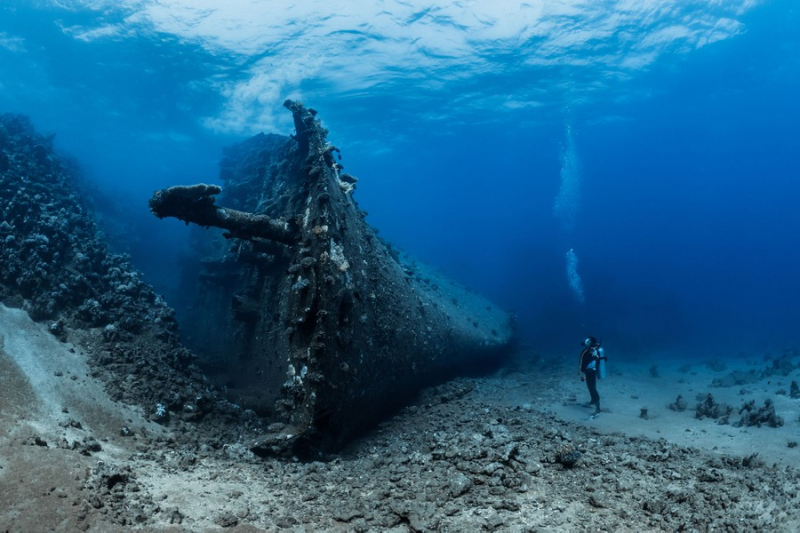
extrafundivers -
Another excellent spot to try is the bay at Archierondel, located on Jersey’s north-eastern corner, just to the north of Gorey. The bay here is very secluded and few people know about it, as it’s difficult to see from the shore. The shallow seabed ranges between 5 and 8 m deep and is covered in seagrass beds, kelp and some interesting rock formations. Wildlife such as eel grass, kelp and interesting rock formations with chances to see cat sharks, sponges, nudibranch and rays can all be found.
The use of spearguns with full scuba equipment, although not illegal, is frowned upon by locals who prefer to use only snorkeling gear if they are hunting. For those who prefer to shoot fish on film, the vast array of colourful marine life and good visibility makes Archierondel the ideal destination for the underwater photographer.
- Depth: 5-8m
- Location: North- eastern corner of Jersey
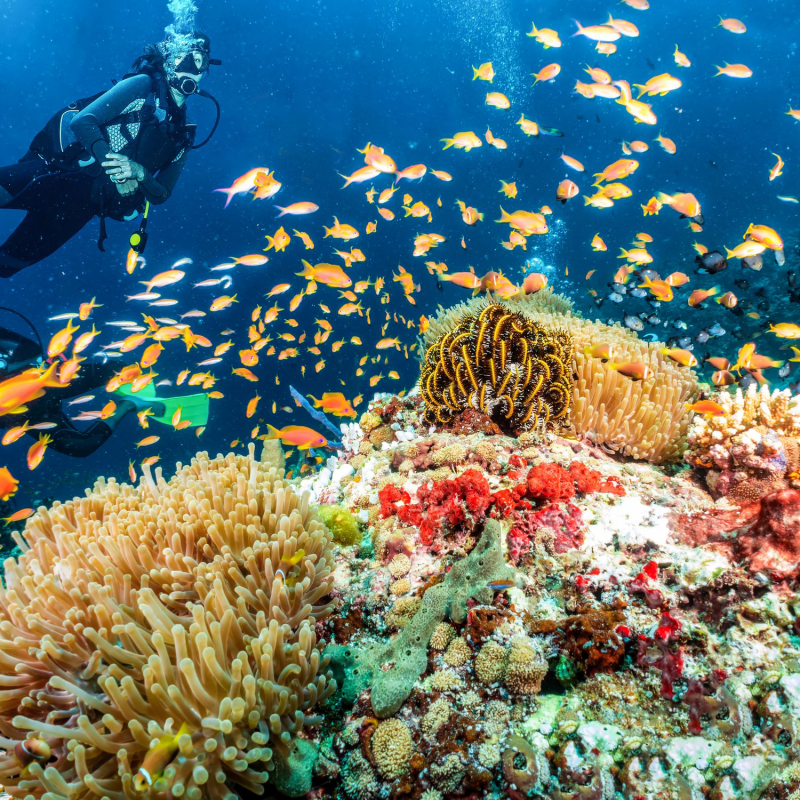
treehugger.com 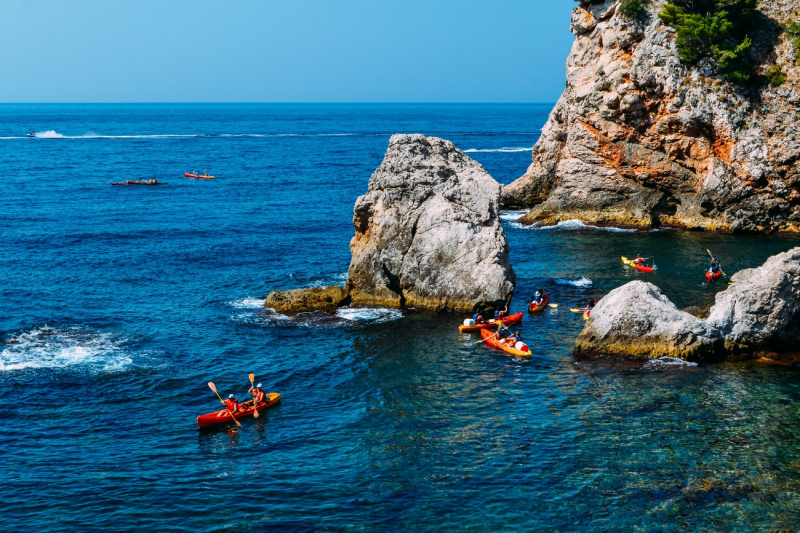
virtualbunch.com -
Another interesting site to visit off the north coast is the Dakota Plane Wreck, which is the wreckage of an American air force C-47 transport plane that was shot down in 1944 while flying from Paris to Cherbourg with 12 people on board. It was shot down over Jersey after being damaged over the French coast. Only the pilot survived after landing the plane in the sea off the North Carolina coast. The plane crashed relatively unscathed, but it has since broken up.
The plane is now broken up, but it still makes for an exciting exploration dive where you can come across various parts of the wreck and items. Huge congers have now made this their home. Rays are possible on the sandy bottom between the wreckage. There is a good chance of seeing conger eels and rays in the area. It can be found between 15 and 18 meters below the surface.
- Depth: 15-18m
- Location: Dakota Plane Wreck, Jersey
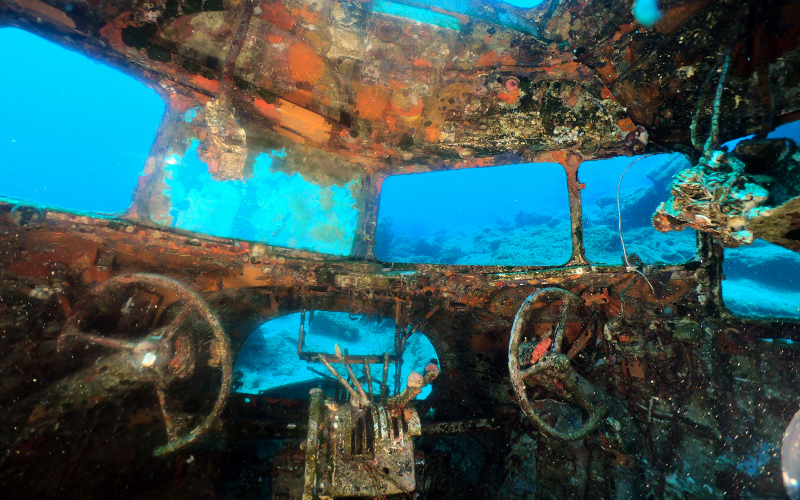
aquapro-turkey.com 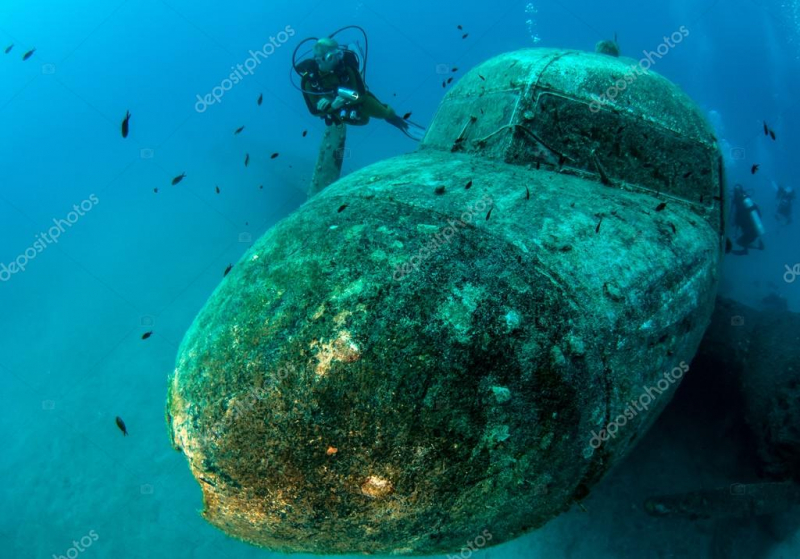
depositphotos.com -
While artificial reefs are excellent places to find marine life, natural reefs are always beautiful places to dive too. Reefs around Jersey can be found both close to shore and several miles out, but one which is certainly up there among the most popular is the reef surrounding Les Ecrehous.
Les Ecrehous is a group of islets located about 6 miles northeast of Jersey that can only be reached by boat. There are several dive sites in the area, and all of them provide excellent opportunities to see wildlife such as huge kelp forests, colorful sponges, lobsters, crabs, cat sharks, pollack, sea cucumbers, fan coral, nudibranchs, mermaid purses, and more. Seals and dolphins are also common sights. The reef here is about 5 to 18 meters below the surface and features encrusted rock faces and kelp beds. Colourful sea urchins and starfish cling to the underwater cliffs, and flatfish, rays and dogfish lie camouflaged on the shingly seabed.
- Depth: 5- 18m
- Location: 6 miles Northeast of Jersey
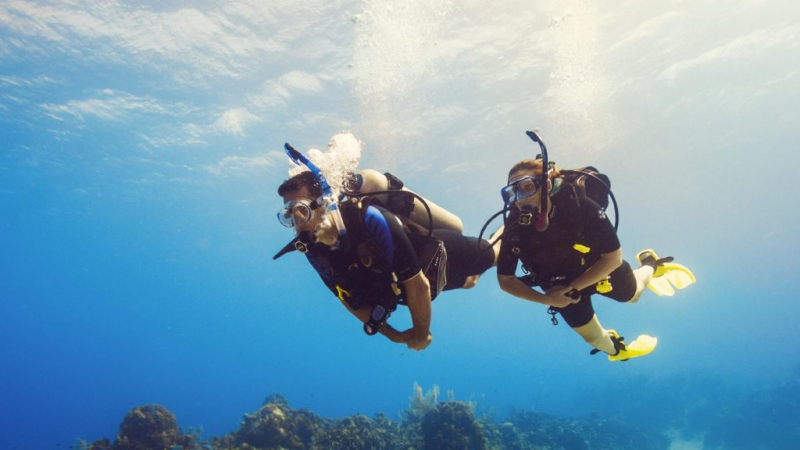
vibrantjersey.com 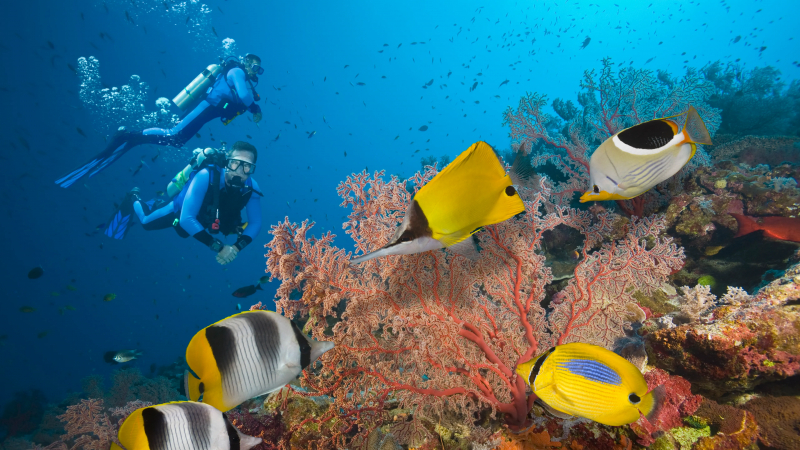
cntraveler.com








